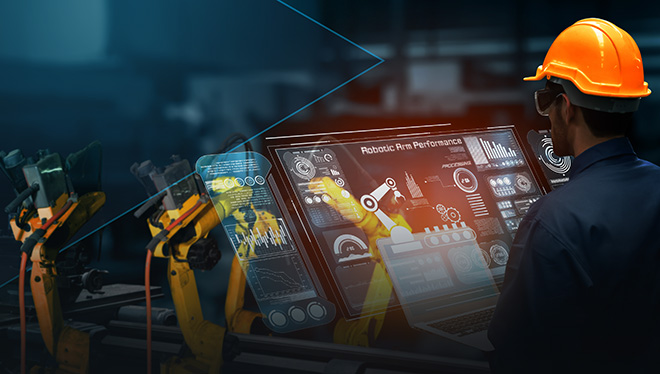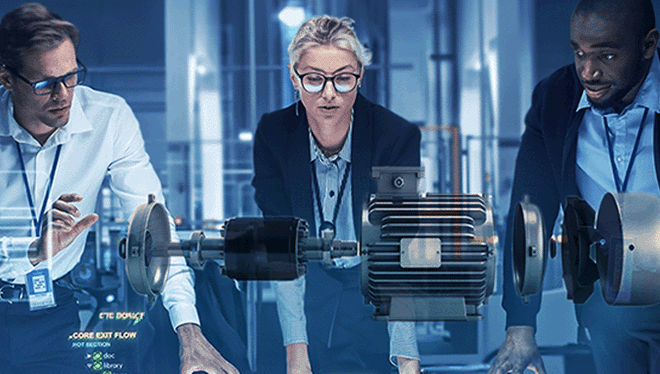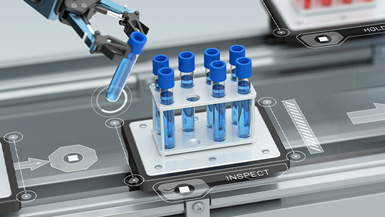SIGNALS+ 在线快讯订阅
持续关注Signals+,了解有关连接、数字健康、电气化和智能工业的最新见解、信息和想法并加以利用。
2024年国际嵌入式展:重塑工业领域
June 25, 2024
人工智能(AI)和边缘计算的力量已经渗透到各行各业,第四次工业革命更是加速了这些变革性技术的发展。如今,这些技术需要克服工业领域更大的挑战。
未来十年,要解决工业废弃物、能源需求、供应链以及技术工人短缺等挑战,离不开大量的创新和密切的合作。科技蕴藏着巨大的力量,将通过重塑未来的生产方式和格局,帮助我们克服这些障碍。
工业化进程始终伴随着各种机遇,只是这些机遇的具体形态会随着时代发展而演变。在2024年国际嵌入式展的主题演讲中,ADI公司的Fiona Treacy将与大家一同探讨这些机遇,并分享我们应如何携手合作,共同应对未来的挑战。
专题参与者:
- Fiona Treacy,ADI公司工业自动化常务董事
专题视频片段:
数字工厂:新建与改造
当今的新型数字化工厂利用无缝连接、自适应控制和生产车间的智能数据分析,高效部署了先进机器人和自动化系统。由于受到空间、布线和基础设施的限制,改造升级现有工厂的难度加大。不过,通过协作和系统级解决方案,仍然有望找到可行的实施路径。
1 “Use of Energy Explained”。美国能源信息署,2023年7月5日更新。
2 Patrick Chen等人。 “Global Energy Perspective 2023: Power Outlook”。麦肯锡公司,2024年1月16日。




